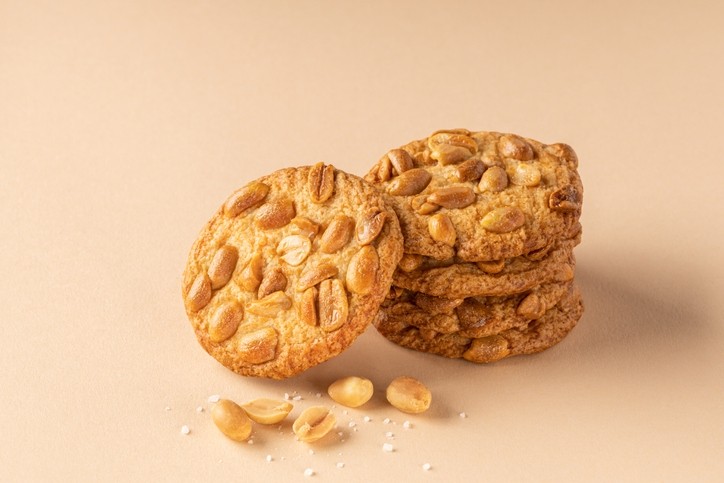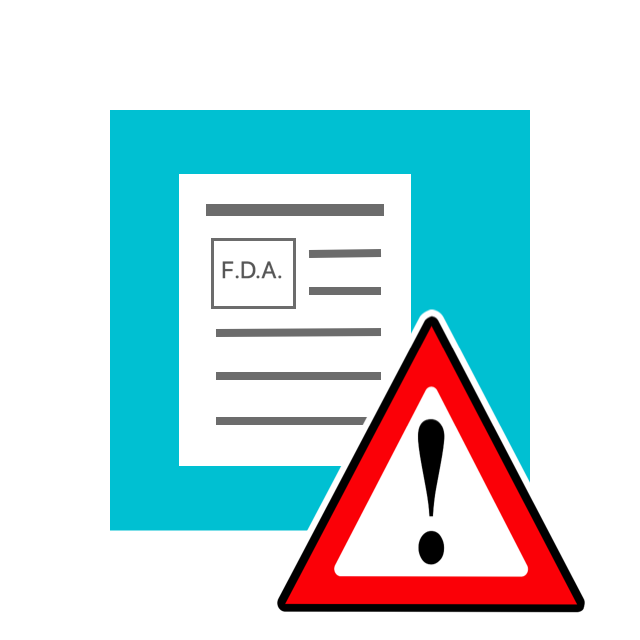
Emerging research of this type led to the world's only approved peanut allergy drug: Palforzia. We’ve seen similar innovations from companies in this area. Netherlands-based Mini Vini, for example, makes peanut flour for parents to give to their children early and often to decrease the chance of them developing a peanut allergy.
READ ARTICLE HIDE ARTICLE
Peanut allergy is a rising concern in younger children particularly in western countries where it is estimated it has doubled in a decade. It now affects around one in 50 children in the UK, for example, while cases are scarce in a country like Greece.
For a potential solution, other than completely avoiding them, studies have shown that repeated exposure over time to gradually increased doses of the allergen – or oral immunotherapy (OIT) – could allow sufferers to raise their tolerance to peanuts.
Experts from King’s College London recently said peanut allergy prevalence in the UK could fall by as much as 77% if all babies were introduced to peanut products between four and six months of age.
Emerging research of this type led to the world's only approved peanut allergy drug: Palforzia. We’ve seen similar innovations from companies in this area. Netherlands-based Mini Vini, for example, makes peanut flour for parents to give to their children early and often to decrease the chance of them developing a peanut allergy.
But OIT has its limits, said Dr. Mona Kidon, Director of the Pediatric Allergy Clinic at the Sheba Medical Center in Israel – home, not coincidentally, of the ubiquitous peanut-flavoured snack, Bamba.
Gradually exposing children to small quantities of foods they’re allergic to can build resistance against accidental ingestion of the allergen, but it is not a curative therapy, she told FoodNavigator. "There are huge drawbacks and side effects with the way we treat allergic reactions today,” she said. “It’s really hard to do.”
Exposing children to desensitising treatment can cause adverse reactions. Palforzia’s reported side effects include abdominal cramping, vomiting and diarrhoea, oral itching and swelling, hives and wheezing, and is therefore generally only offered to children from age 6-8, missing the ideal window to train children’s immune systems before the age of four. They must also be prepared to take it daily for the rest of their life. After buying Palforzia in 2020, late last year Nestlé announced it was ‘exploring strategic options’ for the drug after lower-than-expected uptake among doctors.
Kidon’s solution is a specialised variety of peanut that reduces its allergenicity when baked. The ‘Mona peanut’, developed with the Israel's national agricultural R&D center the Volcani Institute and made into a cookie, has been used to successfully treat dozens of children with peanut allergies, who can now even safely consume unlimited amounts of peanuts. Seven years in development and with phase 2A study completed, Kidon and her team now intend to pursue approval applications in Europe and the US.
Some people with an allergy can tolerate cooked egg or milk. But plant allergens like peanuts are impervious to heat-based solutions. The idea behind the Mona peanut therefore was to create a peanut that behaved more like milk so when heated could be more safely consumed by allergy sufferers. Kidon and her colleagues achieved this by developing a strain of peanut from ones at an unripe stage before the allergenic proteins have emerged. These were then powdered and make into cookies. “We’ve denatured the proteins that cause the allergy,” Kidon said.
The results are promising so far. In the phase 2A study patient trial 32 children with severe peanut allergy (set off by less than 100 milligrams of peanut protein, or less than one fifth the size of a European peanut) ate two ‘Mona peanut’ cookies containing 300 milligrams of peanut protein every day for 40 weeks. There were no reactions in the patients.
After 40 weeks they ate 2,000 milligrams of peanut protein (around 6-7 peanuts). Four experienced a ‘minimal’ reaction. The rest had no reaction, which suggested these 28 patients had reached a ‘level 2’ protection meaning they were both safe from accidental exposure and able to include peanuts in their diet as long as they continued their daily exposure to them.
Even more encouraging to the team was the discovery – six months later – that four of the patients could safely eat peanut without a daily exposure (or ‘level 3’ protection). “After 40 weeks they could eat a small bag of Bamba and half a year later they’re eating 100 pieces of Bamba,” the allergy expert revealed.
Kidon and her team hope to replicate the process with other types of nuts such as walnuts, cashews, hazelnuts and almonds. First and foremost is gaining funds for further trials and production optimisation, after which they are eyeing approval in the world’s nut allergy hotspots of northern Europe and US.
Copyright - Unless otherwise stated all contents of this web site are © 2023 - William Reed Ltd - All Rights Reserved - Full details for the use of materials on this site can be found in the Terms & Conditions
Related topics
Business
Bakery
Healthy foods
Snacks
Diet and health
Labelling
Cereals and bakery preparations
Fruit, vegetable, nut ingredients
Food safety
Innovation and NPD
Start-ups and disruptors
Food Tech
Learn More from FoodNavigator





